Previous Day - Next Day

“ could never divide myself from any man upon the difference of an opinion, or be angry with his judgement for not agreeing with me in that, from which perhaps within a few days I should dissent myself.”
~ Thomas Browne
Wikiquote (Thomas Browne (October 19, 1605 – October 19, 1682) an English author of varied works which reveal his wide learning in diverse fields including medicine, religion, science and the esoteric.)

January 20th, 250
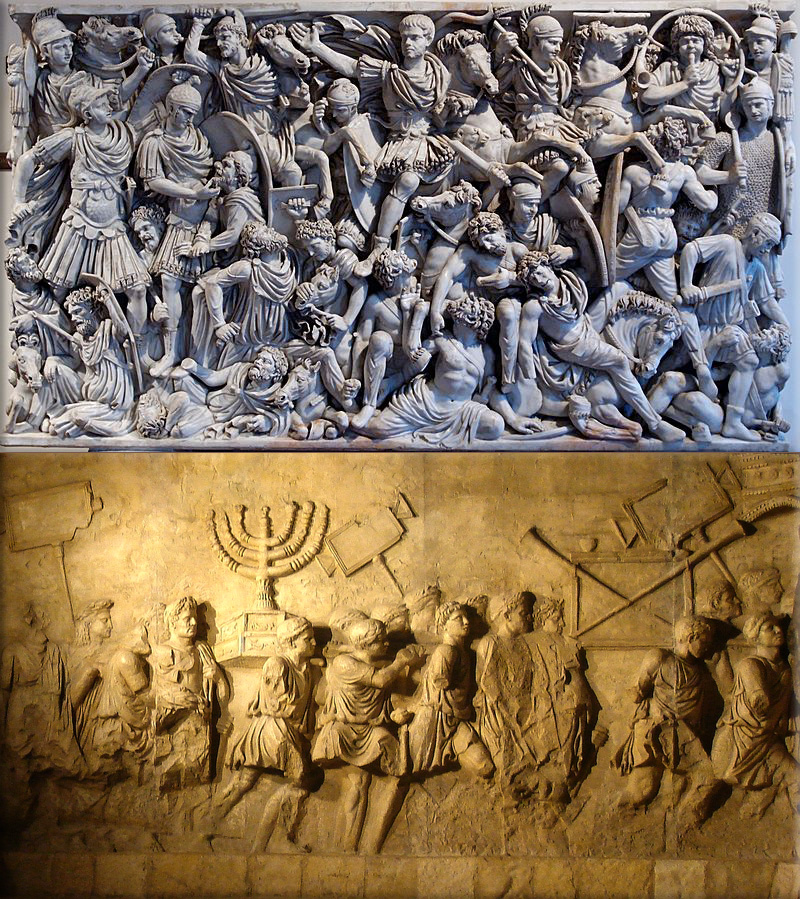
Roman Empire:
250 - Emperor Decius begins a widespread persecution of Christians in Rome - Pope Fabian is martyred.
Wikipedia Image: Relief from a 3rd-century sarcophagus depicting a battle between Romans and Germanic warriors; the central figure is perhaps the emperor Hostilian / Depiction of the Menorah on the Arch of Titus in Rome.
January 20th, 1265
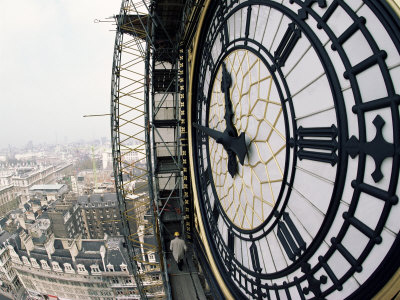
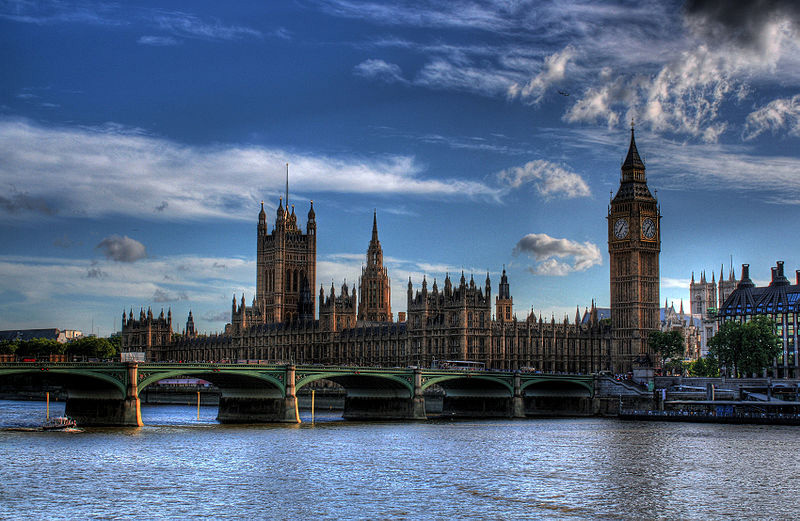
In Westminster, the first English parliament conducts its first meeting held by Simon de Montfort, now also known colloquially as the "Houses of Parliament".
Wikipedia Photo: Close-Up of the Clock Face of Big Ben Houses of Parliament Westminster London England; The Big Ben and the Houses of Parliament
January 20th, 1320
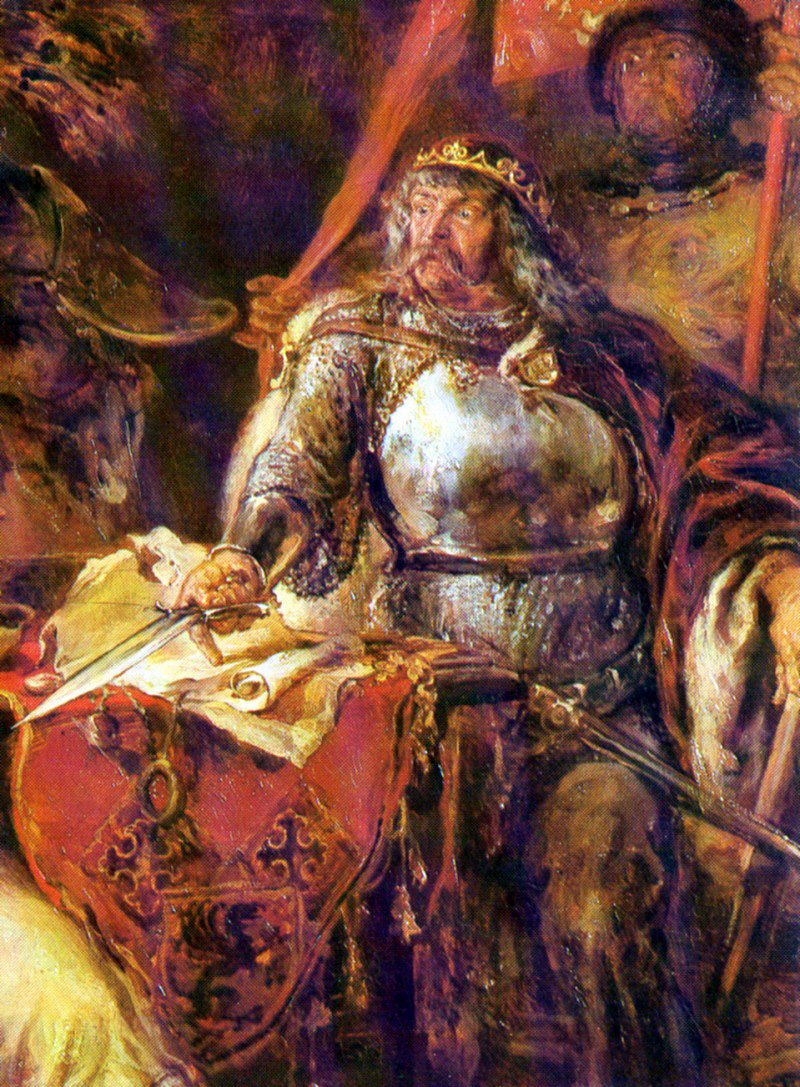
Duke Wladyslaw Lokietek becomes king of Poland.
Wikipedia Painting: Wladyslaw Lokietek, credit Poland.gov.
January 20th, 1783
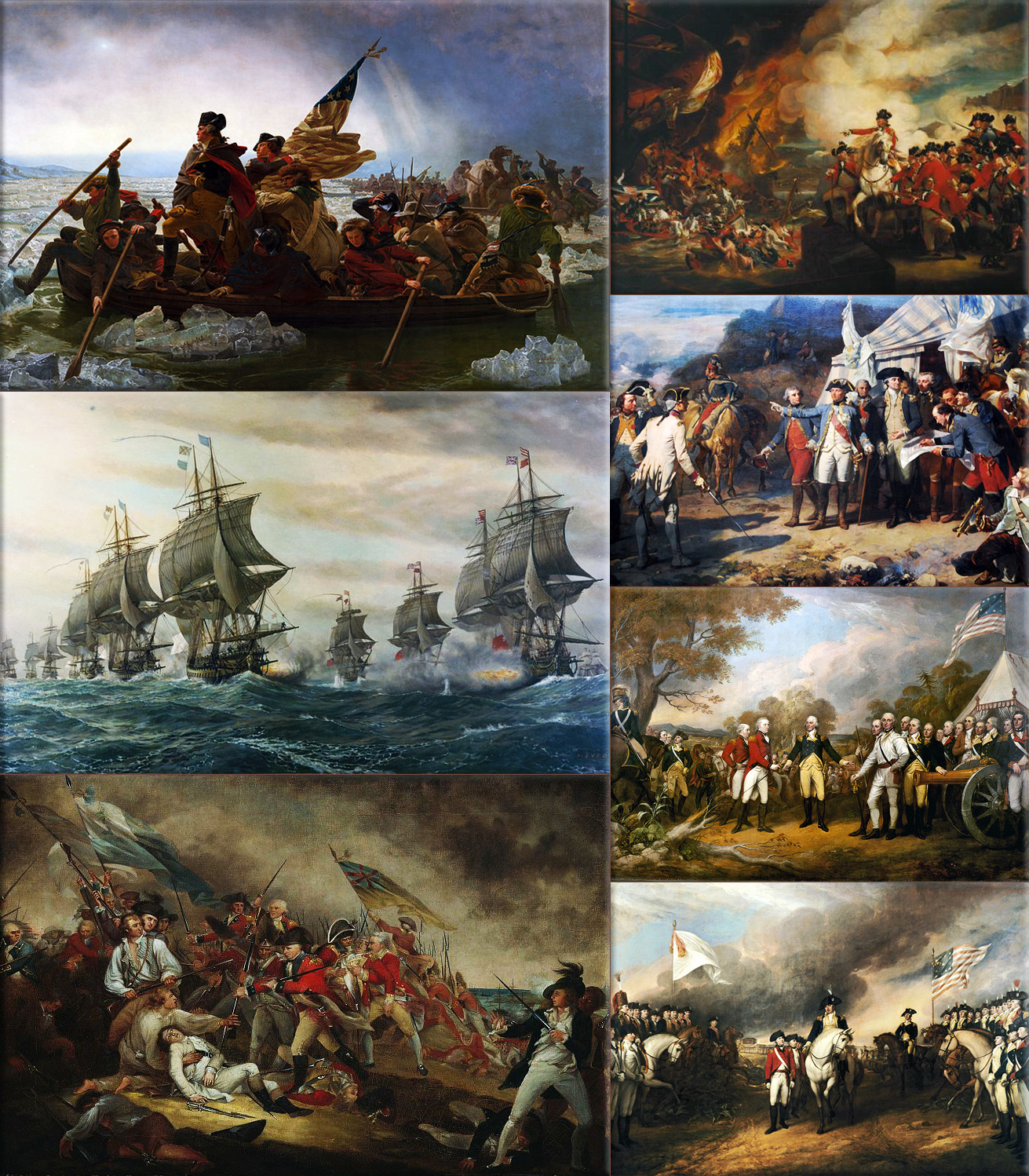
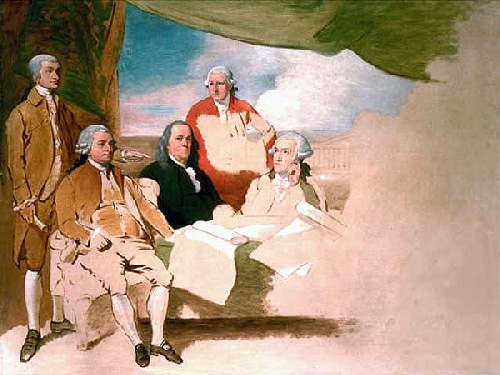
American Revolutionary War:
1783 - The Kingdom of Great Britain signs a peace treaty with France and Spain, officially ending hostilities in the American Revolutionary War (also known as the American War of Independence).
Wikipedia Paintings: Washington Crossing the Delaware, by Emanuel Leutz; Battle of the Chesapeake, French (left) and British (right) lines; Battle of Bunker Hill, The Death of General Warren at the Battle of Bunker Hill by John Trumbull; The Defeat of the Floating Batteries at Gibraltar, September 13, 1782, by John Singleton Copley; Washington and the Comte de Rochambeau at Yorktown, 1781; "The surrender at Saratoga" shows General Daniel Morgan in front of a French de Vallière 4-pounder; Surrender of Cornwallis at Yorktown by (John Trumbull, 1797).
Painting: Benjamin West's painting of the delegations at the Treaty of Paris: John Jay, John Adams, Benjamin Franklin, Henry Laurens and William Temple Franklin. The British delegation refused to pose, and the painting was never completed.
January 20th, 1785
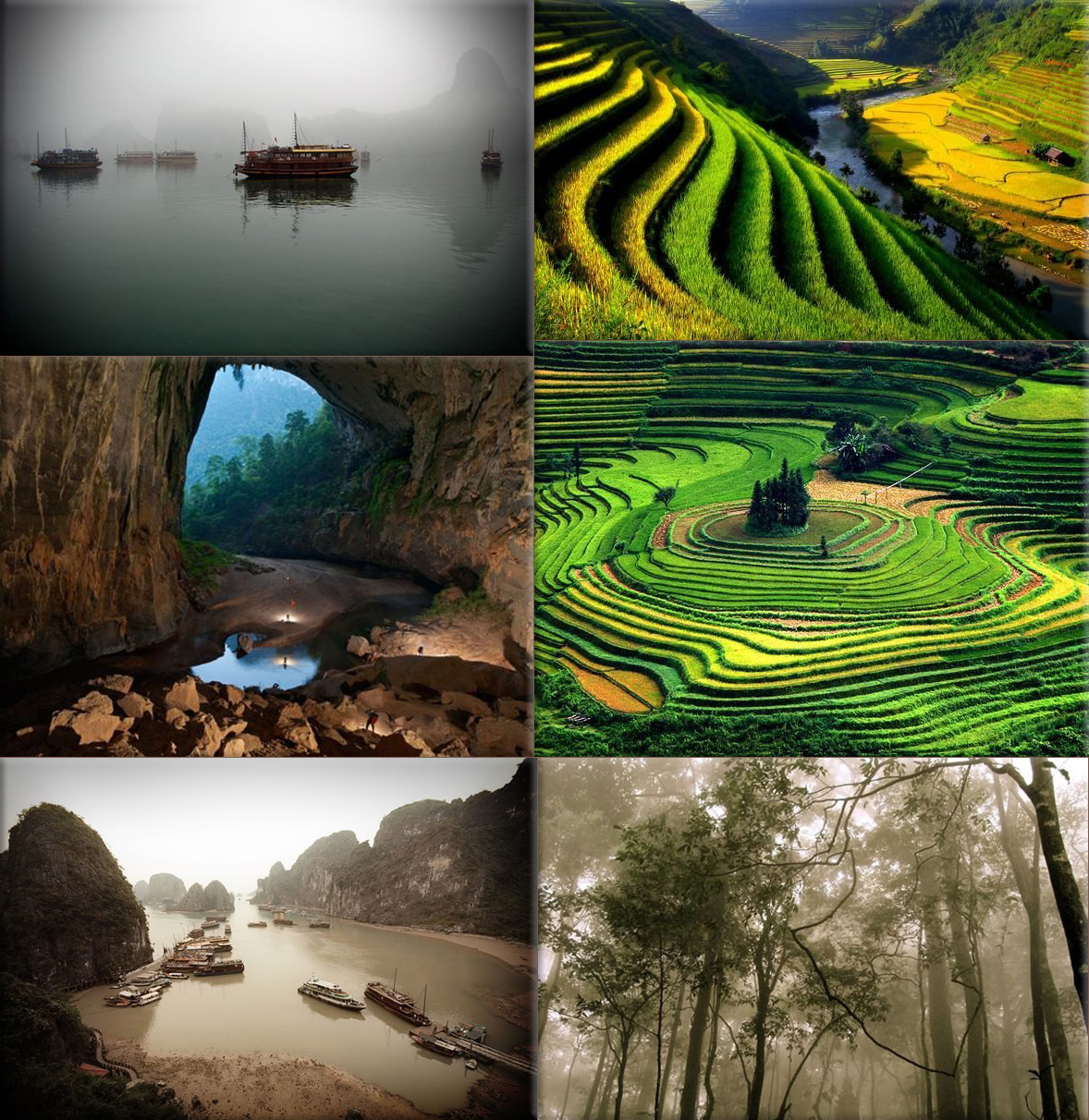
Vietnam:
1785 - Battle of Rạch Gầm-Xoài Mút: Invading Siamese forces attempt to exploit the political chaos in Vietnam, but are ambushed and annihilated at the Mekong River by the Tay Son.
Wikipedia Photo: Hang En Cave, Vietnam, by Carsten Peter; Tour boats moored in Ha Long Bay at dusk enjoy a serene seascape of limestone sculptures hewn by nature.This UNESCO World Heritage site is host to a diversity of ecosystems including sandy beaches, mangrove forests, and offshore coral reefs. Some of its roughly 1,600 islands and islets boast beautiful grottos with hidden ponds and unusual stone formations; Terraced rice paddies ring the Vietnamese countryside in bright green. The crop, has been grown in Vietnam for thousands of years; Halong Bay, Vietnam; Ba Vi National Park, Hanoi. credit National Geographic.
January 20th, 1788
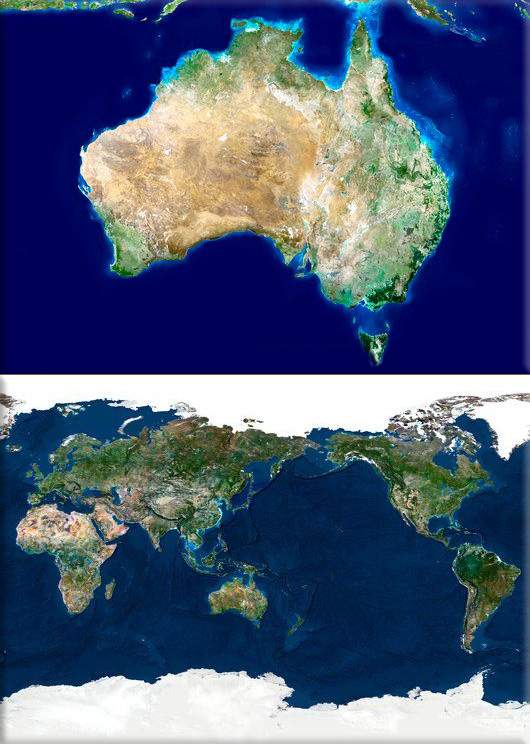
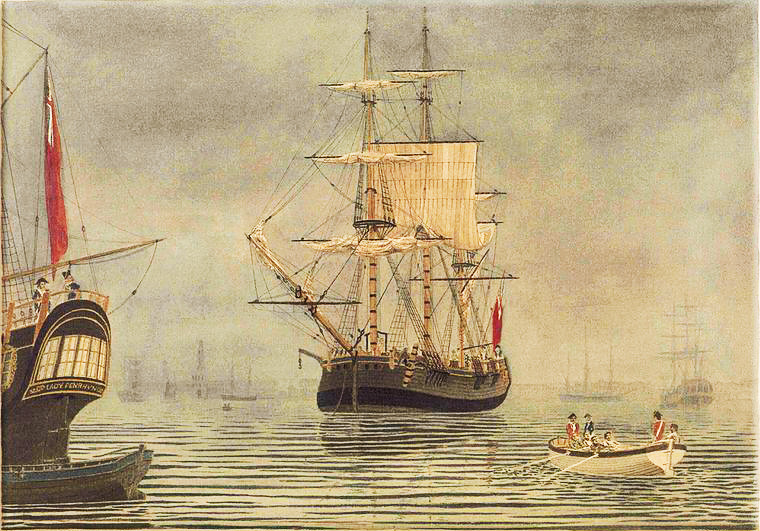
The third and main part of First Fleet carrying convicts from England to Australia arrives at Botany Bay. Arthur Phillip decides that Botany Bay is unsuitable for the location of a penal colony, and decides to move to Port Jackson.
Wikipedia Image: Austrlian satellite; Whole Earth, satellite image, credit Science Photo Library.
Painting: The First Fleet is the name given to the eleven ships that sailed from Great Britain on 13 May 1787
January 20th, 1839

1839 - Battle of Yungay: Chile defeats an alliance between Bolivia and Peru.
Wikipedia Photo: The very nature of Chile's topography made it one of the toughest parts of South America for the Spanish to conquer (Torres del Paine National Park (Spanish: Parque Nacional Torres del Paine) is a national park encompassing mountains, a glacier, a lake, and river-rich areas in southern Chilean Patagonia); Lautaro; The Mapuche were the original inhabitants of central and southern Chile; Chilean and Argentinean troops going to the Battle of Chacabuco (February 12, 1817) led by José de San Martín.
January 20th, 1841

Hong Kong Island is occupied by the British.
Wikipedia Photo: Hong Kong Island and skyline, famous sights such as "The Peak", Ocean Park, many historical sites and mountain ranges
January 20th, 1885
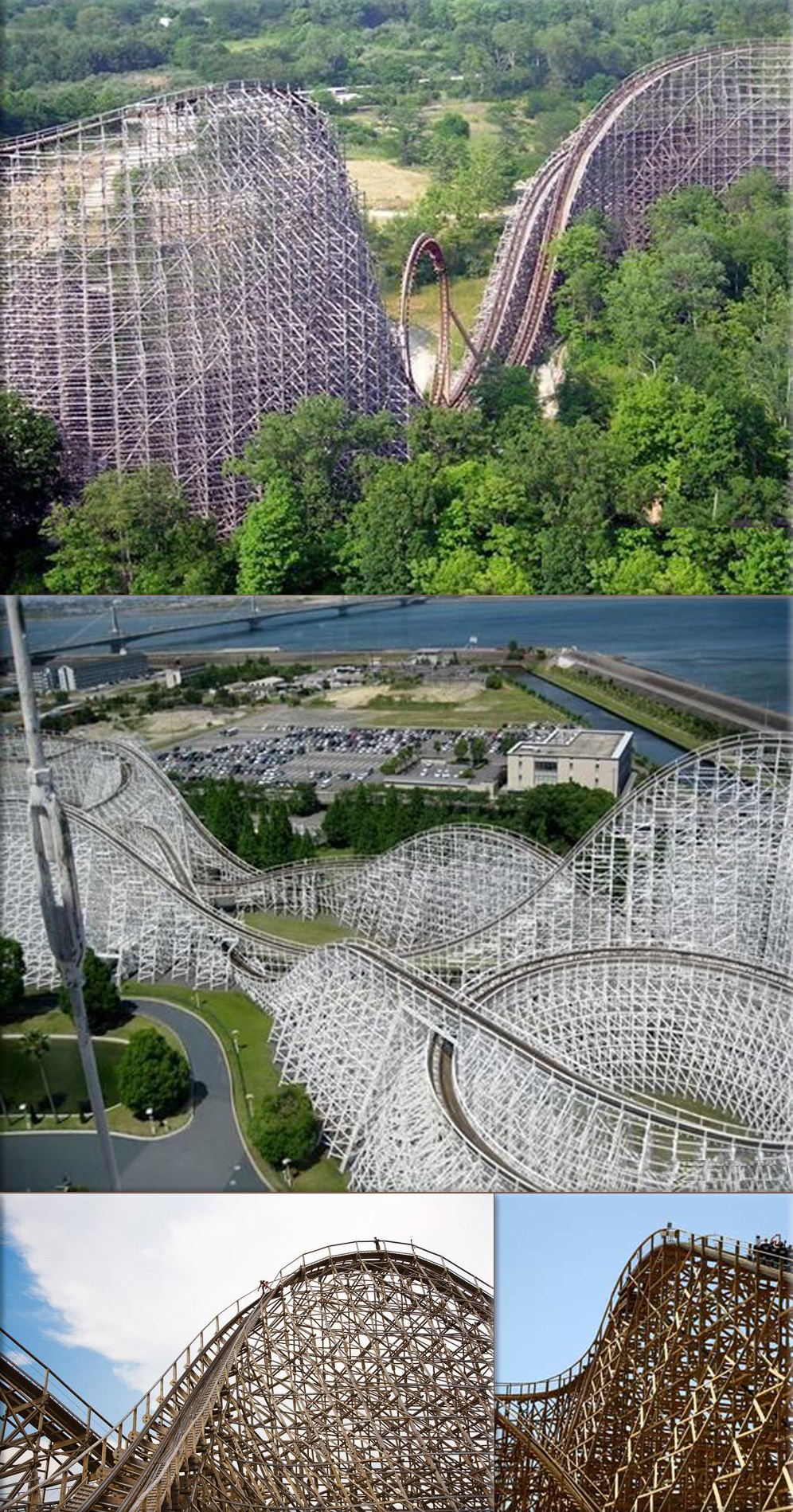
L.A. Thompson patents the roller coaster.
Wikipedia Photo: LaMarcus Adna Thompson patented the first roller coaster on January 20, 1885, which were made out of wood. (In essence a specialized railroad system, a roller coaster consists of a track that rises in designed patterns, sometimes with one or more inversions (such as vertical loops) that turn the rider briefly upside down).
January 20th, 1887
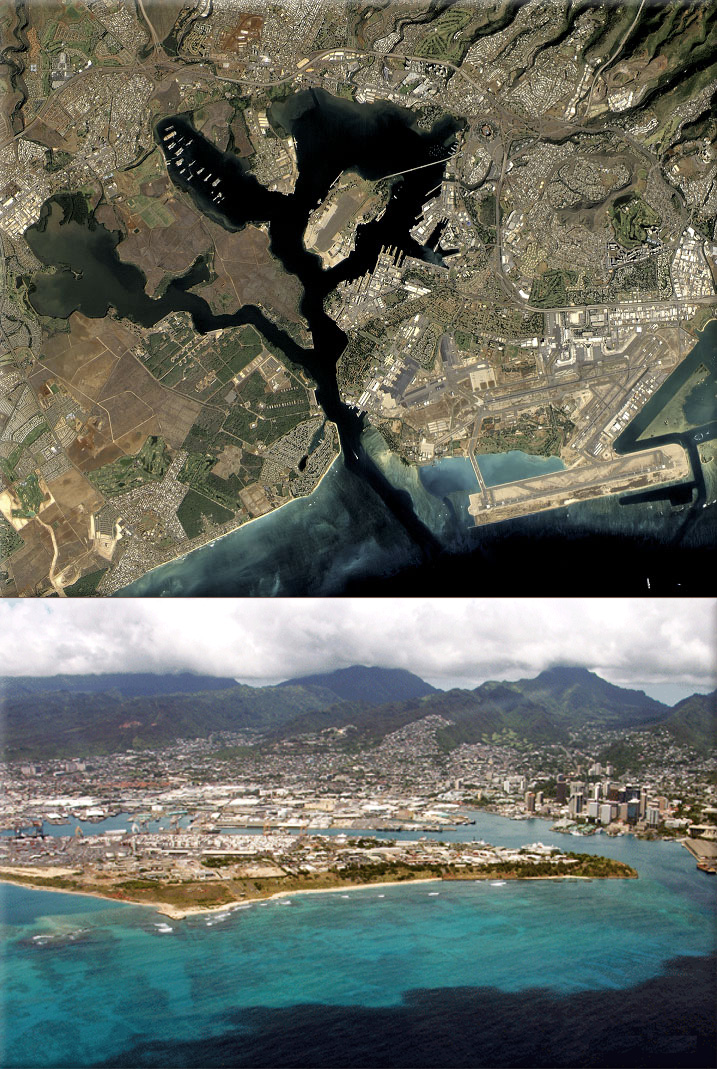
The United States Senate allows the Navy to lease Pearl Harbor as a naval base.
Wikipedia Image: Satellite Image of Pearl Harbor, Hawaii, credit NASA, Aerial view of Pearl Harbor, Hawaii, credit Mongabay.
January 20th, 1920

The American Civil Liberties Union is founded.
Wikipedia Image: American Civil Liberties Union logo.
January 20th, 1936
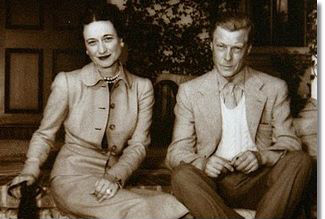
King Edward VIII becomes King of the United Kingdom.
Wikipedia Photo: King Edward VIII King of the United Kingdom and the British Dominions with Wallis Warfield Simpson
January 20th, 1941
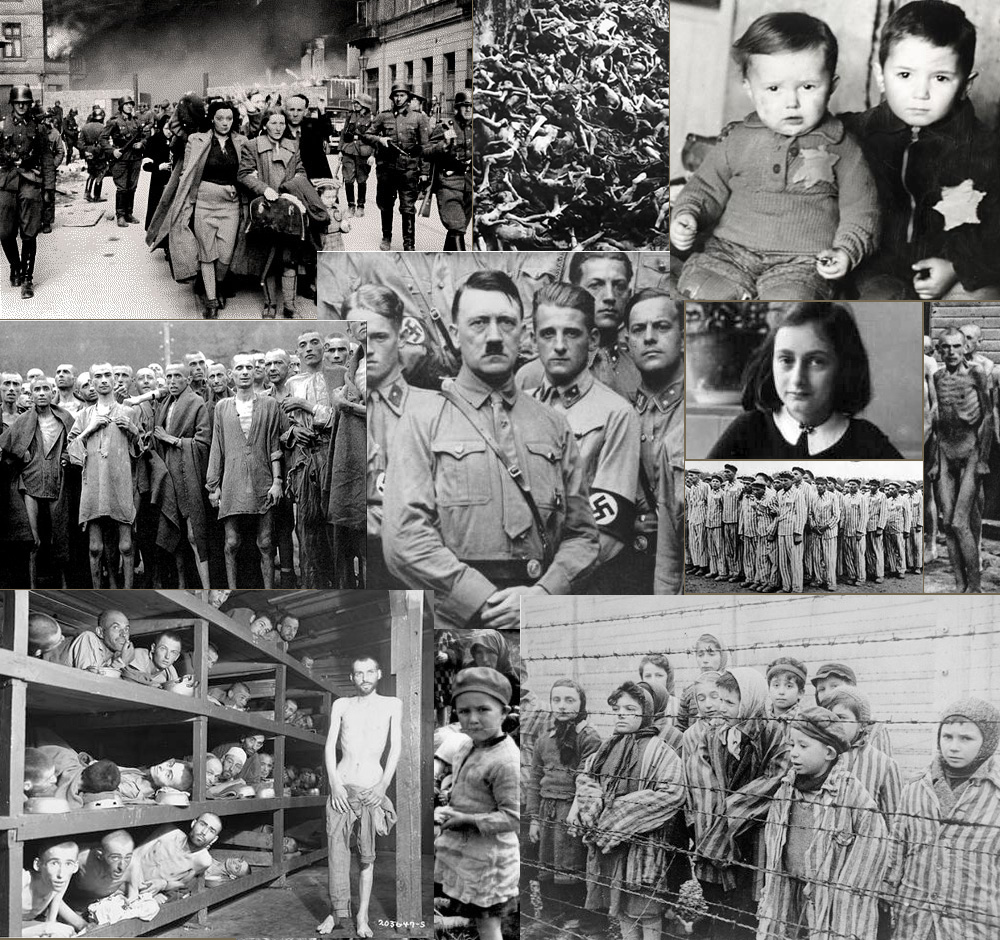
World War II: Holocaust;
1941 - A Nazi officer is murdered in Bucharest, Romania, sparking a rebellion and pogrom by the Iron Guard.
1942 - At the Wannsee Conference in Berlin suburb of Wannsee, senior Nazi German officials discuss the implementation of the "Final Solution to the Jewish Question".
Wikipedia Photo: World War II, The Holocaust. Sources: United States Holocaust Memorial Museum USHMM, History 1900s, Internet Masters of Education Technology IMET, Techno Friends, Veterans Today, Concern.
January 20th, 1945
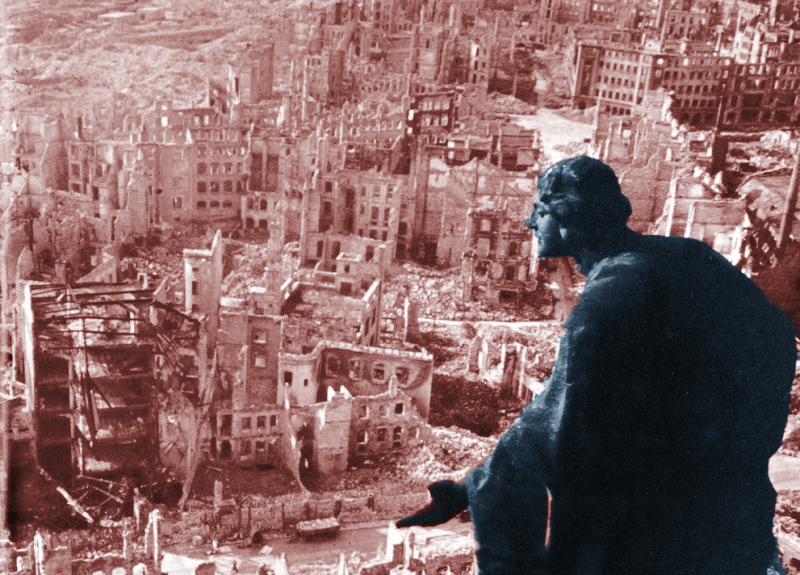

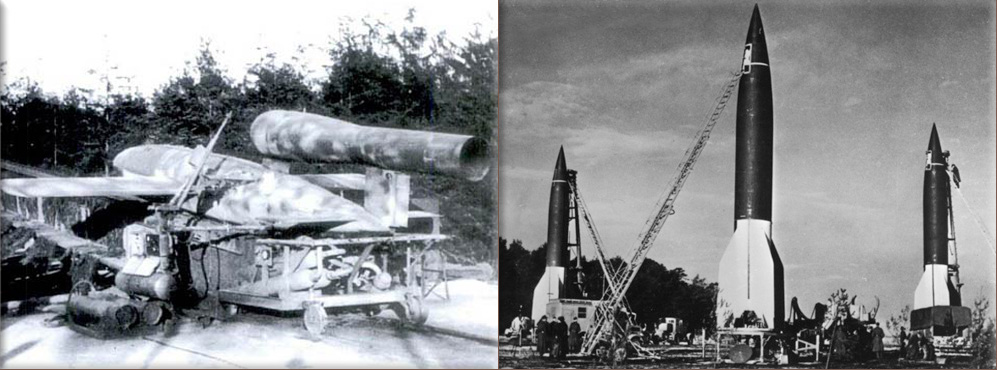
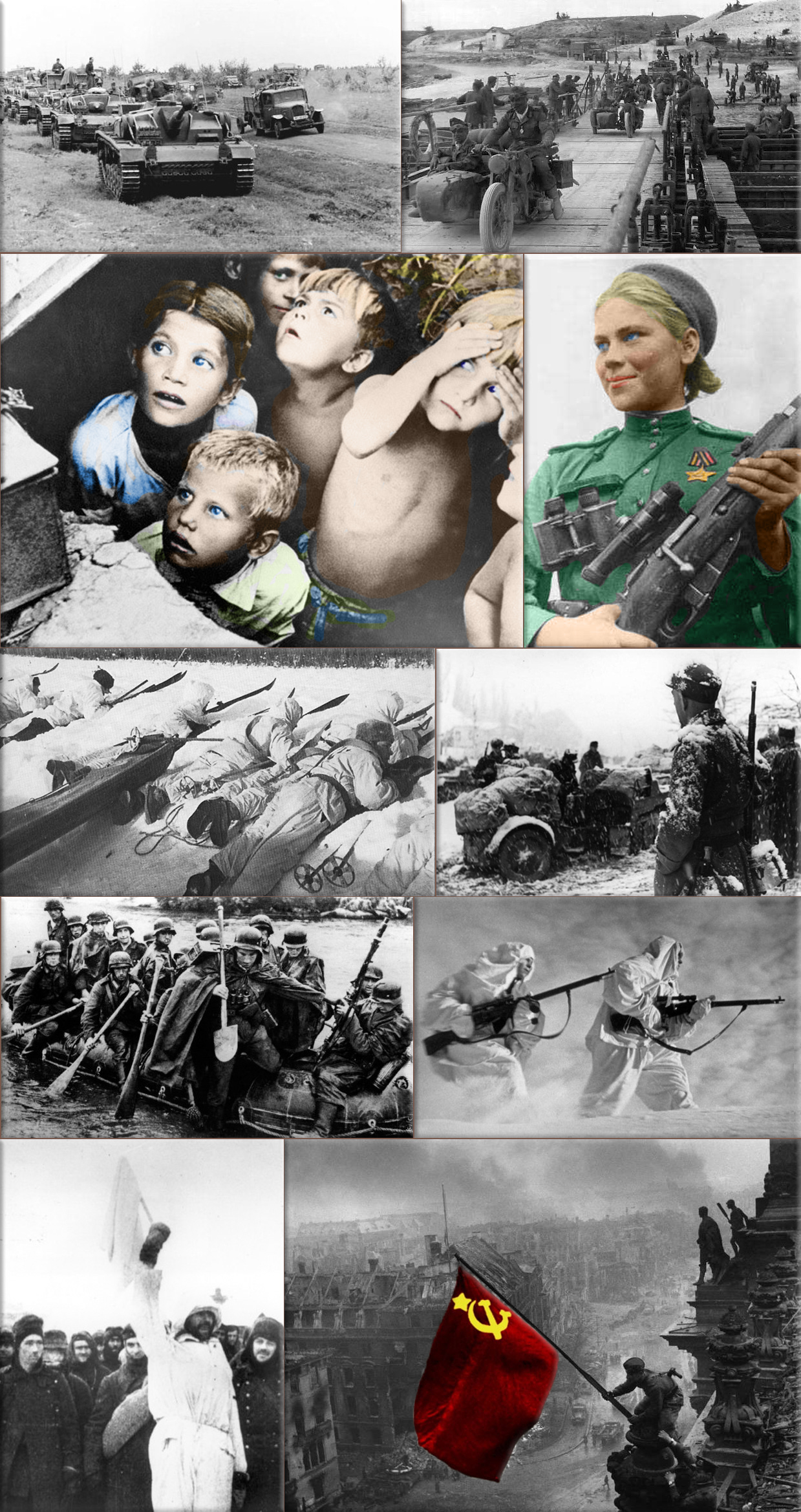
World War II:
1945 - Hungary agrees to an armistice with the Allies.
1945 - Evacuation of East Prussia; Germany begins the evacuation of 1.8 million people from East Prussia, a task which will take nearly two months.
Post World War II:
1949 - Point Four Program a program for economic aid to poor countries announced by United States President Harry S. Truman in his inaugural address for a full term as President.
Wikipedia Photo: Bombing of Dresden in World War II; August Schreitmüller's sculpture 'Goodness' surveys Dresden after a firestorm started by Allied bombers in 1945.
USS Bunker Hill was hit by kamikazes piloted by Ensign Kiyoshi Ogawa and another airman on 11 May 1945. 389 personnel were killed or missing from a crew of 2,600; Ensign Kiyoshi Ogawa, who flew his aircraft into the USS Bunker Hill during a Kamikaze mission on 11 May 1945; Kamikaze Missions - Lt Yoshinori Yamaguchi's Yokosuka D4Y3 (Type 33 Suisei) "Judy" in a suicide dive against USS Essex. The dive brakes are extended and the non-self-sealing port wing tank is trailing fuel vapor and/or smoke 25 November 1944.
German V1 flying-bomb and V2 Rockets - Preparations for a Salvo Launch of V-2 Rockets in the Heidelager near Blizna (Poland) (1944), credit German History in Documents and Images GHDI.
Eastern Front (World War II); Germans race towards Stalingrad. August 1942; Soviet children during a German air raid in the first days of the war, June 1941, by RIA Novosti archive; Soviet sniper Roza Shanina in 1944. About 400,000 Soviet women served in front-line duty units Caucasus Mountains, winter 1942/43; Finnish ski patrol: the invisible enemy of the Soviet Army with an unlimited supply of skis; Men of the German Engineers Corps cross a river which is swollen after the first autumn rains, to strengthen bridges linking the German positions on the central front in Russia. by Keystone / Getty Images. October 1942; Russian snipers fighting on the Leningrad front during a blizzard. Photo by Hulton Archive / Getty Images, 1943; German soldiers surrendering to the Russians in Stalingrad, the soldier holding the white flag of surrender is dressed in white so that there could be no doubt of his intentions, a Russian soldier is on the right of the photograph. by Keystone / Getty Images, January 1943.
January 20th, 1969
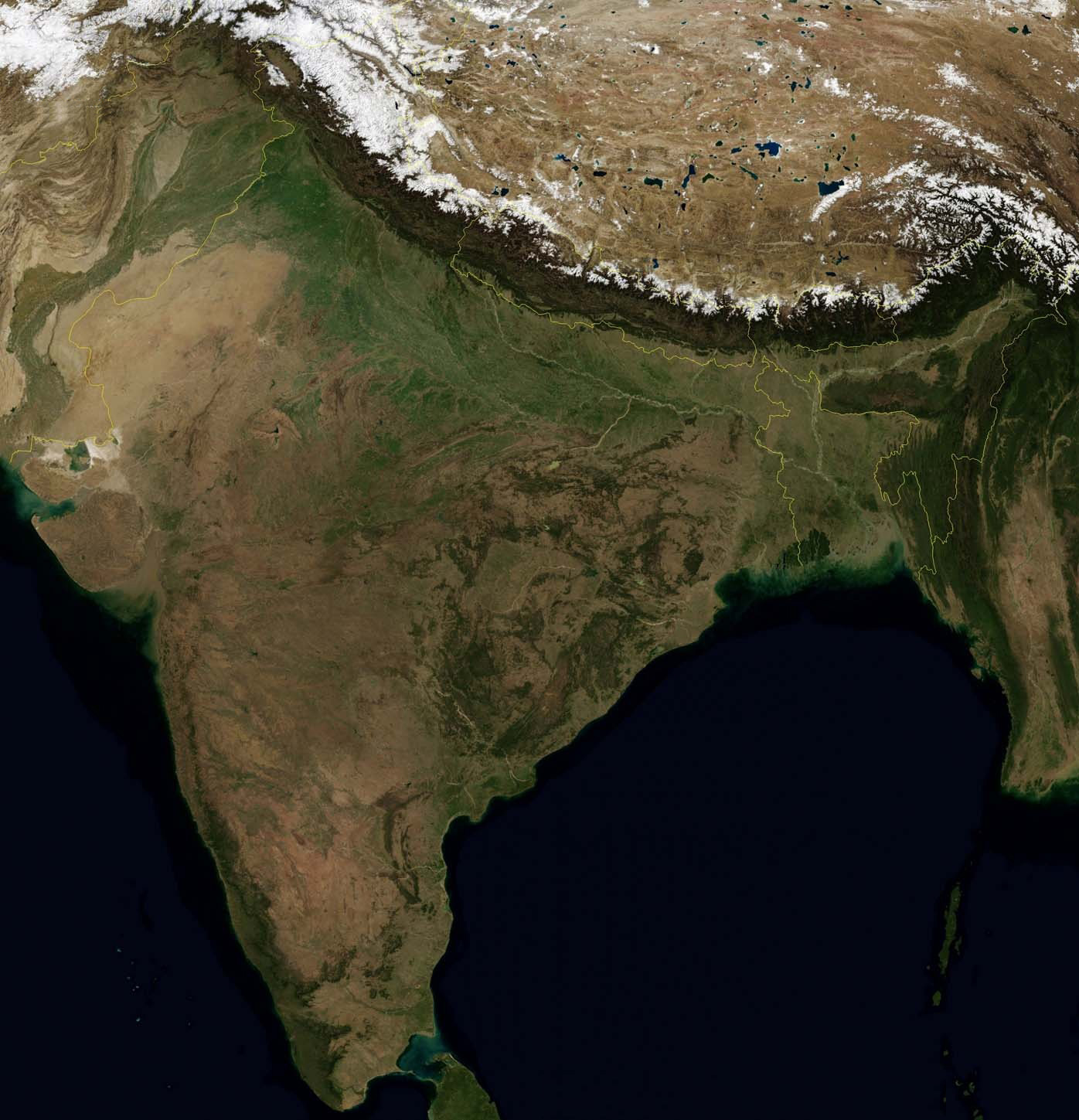
Indo-Pakistani War of 1971:
1969 - Bangladesh Liberation War East Pakistani police kill student activist Amanullah Asaduzzaman. (The resulting outrage is in part responsible for the Bangladesh Liberation War.)
1972 - Pakistan launches its Nuclear detterent program few weeks after its defeat in Bangladesh Liberation War and Indo-Pakistani War of 1971.
Wikipedia Image: Map Satellite India, Pakistan, Nepal, Bhutan, Tibet AR, Bangladesh.
January 20th, 1981


Twenty minutes after Ronald Reagan is inaugurated, at age 69 the oldest man ever to be inaugurated as President of the United States, Iran releases 52 American hostages.
Wikipedia Photo: Official Portrait of President Reagan 1981.
The Iran hostage crisis was a diplomatic crisis between Iran and the United States where 52 Americans were held hostage for 444 days from November 4, 1979, to January 20, 1981, after a group of Islamist students and militants took over the American Embassy in Tehran in support of the Iranian Revolution. President Carter called the hostages "victims of terrorism and anarchy", adding that the "United States will not yield to blackmail". The hostages were formally released into United States custody the following day, just minutes after the new American president Ronald Reagan was sworn into office.
January 20th, 1986

Martin Luther King, Jr. is celebrated as a federal holiday for the first time.
Wikipedia Photo: March on Washington for Jobs and Freedom, Francis Miller LIFE / Dr. Martin Luther King Jr. Speech (I Have A Dream) 
January 20th, 1999

The China News Service announces new government restrictions on Internet use, aimed especially at Internet cafés.
Wikipedia Image: Computer virus
January 20th, 2009

Barack Obama is inaugurated as the first black President of the United States.
Wikipedia Image: Official portrait of Barack Obama
January 20th, 2017

Donald Trump is inaugurated as the 45th President of the United States, becoming the oldest person to hold the office of President of the United States.
Wikipedia Image: Official portrait of Donald Trump
